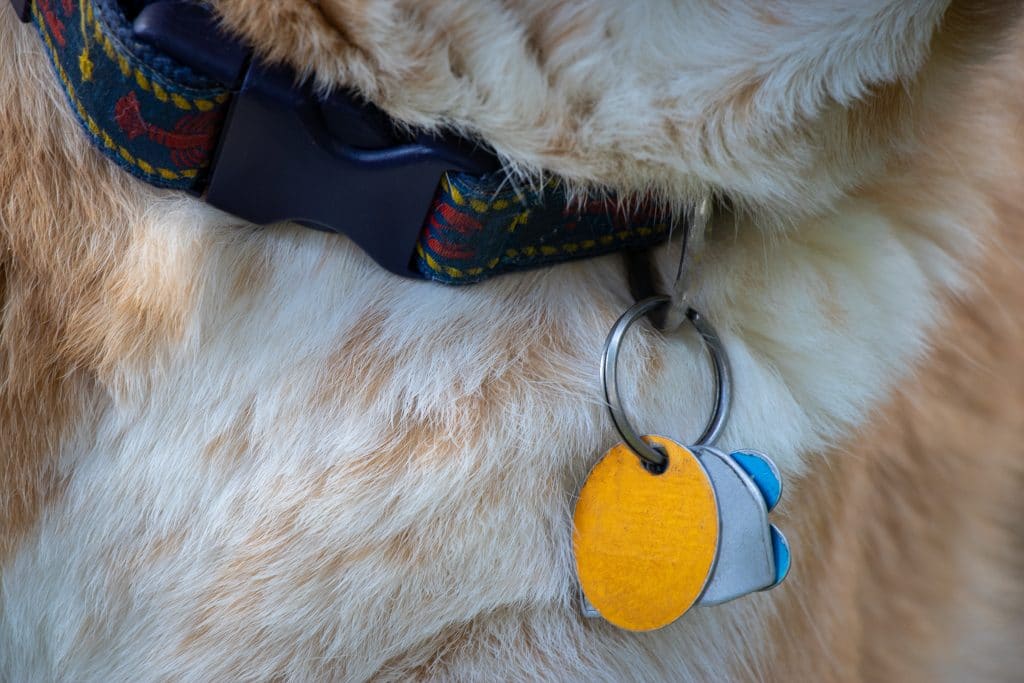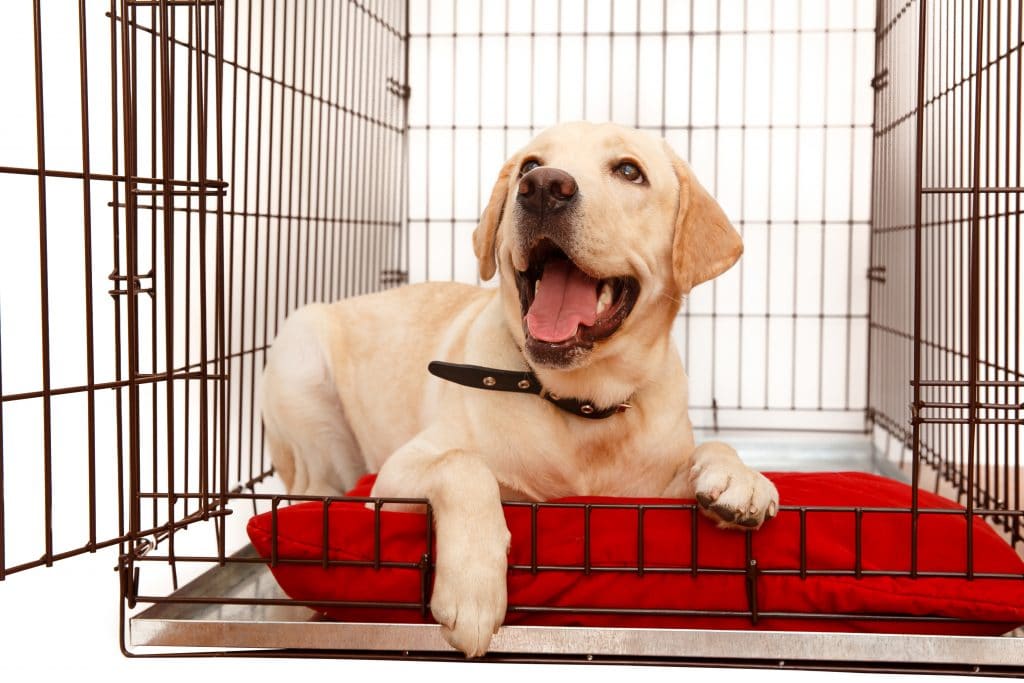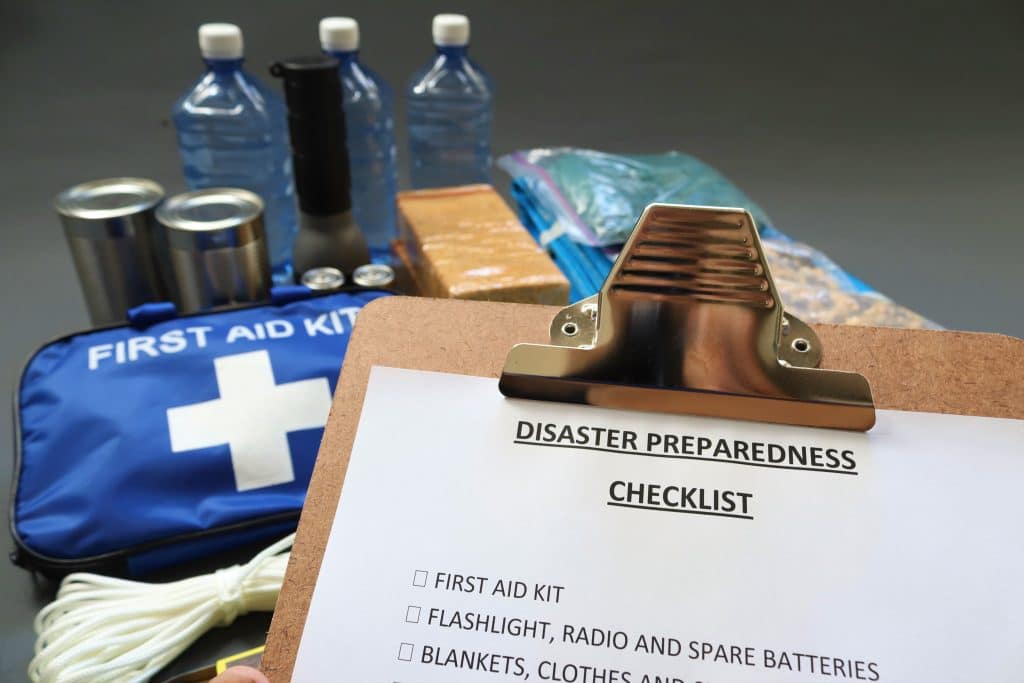Preparing to leave with your pet is an important part of your emergency plans. In this blog, Dr Gerardo Poli shares tips to follow to keep your pet safe during these times.
Have a plan
Bushfires progress rapidly, you may only have minutes to evacuate so you need to be prepared and have a bushfire plan. Once an evacuation order is given, a bushfire plan will help you know what you need to do, what you need to take with you and where you can go. The risk of you and your loved pets being caught in a fire increases dramatically the longer it takes you to evacuate.
- Prepare you pet
- Consider evacuation nowConsider evacuating your pet before the fires even come close. Ask a friend or family member if they are able to take care of your pet until the all-clear has been given. This means you have nothing to worry about to start with.
Appropriately identified
Ensure your pet is properly identified by making sure their microchip details are up to date. Place a collar and tag on your pet and make sure the tag has your details and the details of a backup contact just in case they are unable to contact you. Phone lines can go down and mobiles run out of batter, so it is best to have a backup contact.- Keep you pets confined
Pets may try to run away or hide when they sense danger whether that be from smoke, fire, helicopters or sirens. The last thing you need is to spend precious time trying to find your pet so you can evacuate, so keep your pets confined so they can be found easily.
- Prepare your pet evacuation kit
A pet evacuation kit is all the critical items and information required for you to take care of your pet if you are temporarily displaced. Place all the following items in a large tub and have it in or near the car.- Current photo
Take a current photo of your pet and any distinct markings so you can use them to post online to lost pet websites or send to the RSPCA and local vet clinics if you become separated from your pet. - List of key phone numbers and locations
Have the phone numbers, locations and opening times of places to call or go to if you become separated from your pet, including:- Local council numbers for lost pets
- Local pet shelters
- RSPCA
- Local vet clinics and after hours veterinary hospitals
- Pet registrations and vaccination certificates
If for some reason you may need to put your pet in a cattery or kennel they will require proof of vaccination. Transportation equipment
- Leads and harnesses
- Car harness
- Cat or dog carriers (have this nearby so you don’t have to go searching for it)
- Food and water for at least one week
- Water bowl and a couple of litres of water
- Pet food that can be stored without refrigeration
- Current medications and pet first aid kit
- All medications and preventatives in a small box, including information on how they need to be given and how often
- Pet first aid kit – a specific first aid kit for pets that contains medications that are safe for pets
- Miscellaneous items
- Toileting bags
- Blankets
- Toys
- Current photo
- Prepare your evacuation plan and place of safety
Veterinary assistance
Have the names, phone numbers, and locations of local and after hour vet clinics in your phone, marked on your map applications or on a sheet in your pet evacuation kit. If something happens and you need to get there quick it is important to know where you can go and how to get there.- Accommodation
Have a planned site for accommodation for your pets, not all public shelters allow pets so it is best to have a backup plan. Have discussions with friends and family and confirm that if you have to evacuate you can go there immediately with your pets and they are ok to take care of your pets.
Being prepared and taking action quickly is your best bet at getting yourself and your loved pets out safely
What to do if you have found injured wildlife
Helpless wildlife are often caught in the midst of a fire, with their homes being the Australian bush. If you have found injured or distressed wildlife in the event of a bushfire, it is best to get the animal immediately to a vet for assistance. We are ready to take any wildlife found injured from a bushfire.
Organisations such as WIRES also provide emergency assistance for injured and rescued wildlife, and are trained and licenced animal carers.
For more information on what to do if you have found injured wildlife, visit WIRES.
If your pet is ill or injured, visit your closest Animal Emergency Service hospital or your local vet immediately.

 Appropriately identified
Appropriately identified Transportation equipment
Transportation equipment
 Veterinary assistance
Veterinary assistance